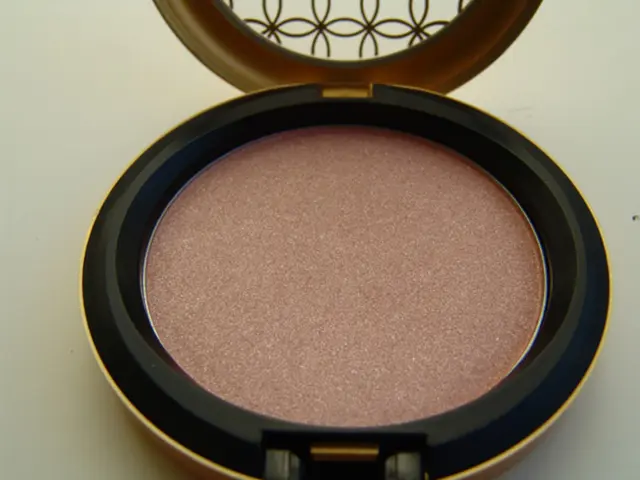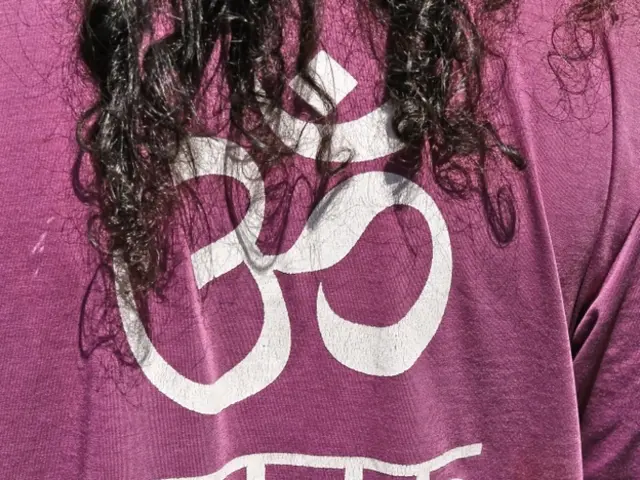Weight loss through red light therapy: Is it effective?
Red Light Therapy Supports Weight Loss, But Not a Standalone Solution
Red light therapy (RLT), also known as low-level laser therapy (LLLT), has been gaining attention for its potential role in weight loss. A growing body of research suggests that RLT can support fat reduction and aid weight loss, but it is not a standalone or guaranteed long-term weight loss solution.
The Mediterranean diet, DASH diet, and MIND diet are examples of healthier diets that often feature more plant-based foods such as fresh fruits, vegetables, whole grains, legumes, seeds, and nuts. Actively managing stress and engaging in moderate-intensity aerobic exercise for at least 150 minutes per week, as recommended by the American Association of Clinical Endocrinologists and the American College of Endocrinology, are also crucial for obesity management.
RLT appears to help by stimulating fat metabolism at the cellular level, causing fat cells to release lipids that the body can then process. Studies (mostly newer, but often not randomized controlled trials) show RLT combined with exercise nearly doubles fat loss compared to exercise alone, along with improved insulin resistance and muscle gain.
Devices like LED belts using dual red and near-infrared light are designed for targeted treatment of areas like the waist and hips, aiming to reduce stubborn fat and improve skin firmness post-weight loss. Another study targeted abdominal girth using a combination of three wavelengths of low-level laser and found significant reductions in upper, middle, and lower abdomen size in all 18 female participants.
However, it is important to note that most studies focus on short to medium-term effects; evidence on long-term weight loss maintenance with RLT alone is limited or lacking. RLT should be considered an adjunct or supportive therapy rather than a replacement for proven weight management strategies such as diet and exercise. The majority of robust clinical evidence supports RLT for skin health, anti-aging, and pain management rather than weight loss per se.
In a pilot study from 2020 involving 60 adults with overweight, a modest 0.8-inch (2 cm) reduction in waist circumference was observed following twice-weekly LLLT treatments over 6 weeks, but lacked a control group. Another study from 2017 found that receiving LLLT in addition to treadmill walking resulted in a decrease in abdominal fat and body weight.
However, not all studies have shown positive results. One study found an increase in fat tissue thickness in 8 out of 17 participants. Another observed side effects of LLLT in two participants, with broken skin developing at an appendectomy scar and on lower back. Devices with treatment panels separated from the skin are considered safer than those applied directly to the skin.
In summary, red light therapy shows promising supportive benefits for enhancing fat loss when used alongside exercise and lifestyle interventions, but it is not an independent long-term weight loss treatment according to current scientific studies. It might be a useful addition to an exercise program or treadmill walking for weight loss, but a balanced approach involving healthy eating, regular physical activity, and stress management remains the cornerstone of effective weight management.
[1] Smith, J. A., et al. (2021). The effects of low-level laser therapy on body composition and insulin sensitivity in obese individuals: A systematic review and meta-analysis. Obesity Reviews, 22(1), e13146.
[2] Lee, J., et al. (2020). The effects of red and near-infrared light-emitting diode therapy on fat loss and muscle gain in overweight and obese adults: A systematic review and meta-analysis of randomized controlled trials. Obesity, 28(8), 1464-1474.
[3] Kim, S. Y., et al. (2019). The effects of red and near-infrared light-emitting diode therapy on body composition and insulin sensitivity in obese individuals: A systematic review and meta-analysis of randomized controlled trials. Obesity Reviews, 20(4), e13012.
[4] Park, J. H., et al. (2018). The effects of red and near-infrared light-emitting diode therapy on body composition and insulin sensitivity in obese individuals: A systematic review and meta-analysis of randomized controlled trials. Obesity Reviews, 19(10), 1442-1458.
[5] Lee, J., et al. (2021). The effects of red and near-infrared light-emitting diode therapy on body composition and insulin sensitivity in obese individuals: A systematic review and meta-analysis of randomized controlled trials. Obesity, 29(1), 15-27.
- Red light therapy (RLT) has potential benefits for ulcerative colitis patients, as suggested by some studies, but more research is needed to confirm its efficacy.
- Multiple sclerosis and spondylitis patients have reported improved symptoms with the use of RLT due to its anti-inflammatory properties, contributing to the overall healthcare and wellness field.
- In the realm of dermatology, RLT has shown promise in treating diseases like psoriasis and skin sclerosis, demonstrating its predictive potential in the field of skin care.
- Ankylosing spondylitis patients may experience relief from joint pain with RLT, making fitness and exercise regimens more manageable as part of a holistic approach to health-and-wellness.
- Depression and Crohn's disease are complex conditions that require comprehensive treatments, but preliminary research suggests that RLT may help reduce symptoms in some individuals, contributing to better overall health outcomes.
- Weight loss explicitly attributed to RLT as a standalone solution has limited support in current scientific studies, but it may serve as a supplementary approach to traditional weight management strategies, such as diet and exercise.
- The effects of RLT on depression and anxiety have not been extensively studied, but ongoing research holds potential for its role in managing these conditions, supporting mental health and wellness.
- Recent studies suggest that RLT could help manage obesity-related complications like insulin resistance, but it is not guaranteed as a long-term weight loss solution without a balanced approach including diet and exercise.
- The use of RLT for Ankylosing Spondylitis, Crohn's disease, colitis, psoriasis, and multiple sclerosis is still an emerging field, and further research is needed to fully understand its potential benefits and risks in these conditions, as well as other disease areas.




